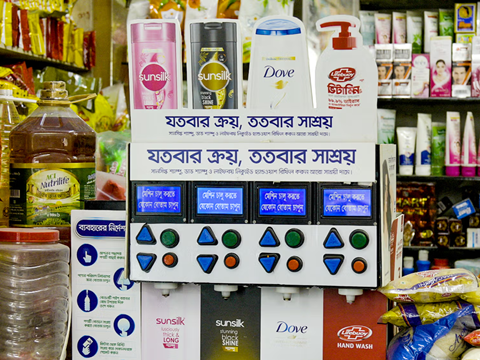
Unilever has helped pilot refill solutions at local markets and supermarket chains across Sri Lanka, Bangladesh, and Indonesia – targeting convenience, control over product quantity and price, and an overall reduction in flexible plastic sachets.
Its work in Sri Lanka involved joining forces with Vega Innovations in 2019 to install two large high-tech refill machines in modern trade outlets – i.e. large chains and supermarkets with streamlined supply chains, as opposed to the local stores and markets said to comprise 70% of the Sri Lankan market.
Each machine provided a set amount of home and personal care products, including Unilever’s Dove, Sunsilk, and Sunlight brands.
While their introduction to larger stores was considered ‘promising’ – the machines are thought to offer savings of up to 20% compared to prepackaged prices – Unilever sought to unlock refill solutions for low-income consumers making smaller, more frequent purchases by introducing the refill machines to general trade.
Removing fixed volume options on the machines was intended to help consumers tailor the amount of product they purchase to their personal budgets and requirements. Refill machines were also established in railway stations, apartment buildings, and other convenient locations to maximize their accessibility.
Unilever went on to trial self-service refill machines in Bangladeshi modern trade stores in 2021, but faced difficulties with servicing and maintaining the advanced machines. In hopes of more appropriately benefitting the country’s general trade market, it worked with Bopinc to prototype and develop a machine small enough to fit on a store’s counter.
Described as ‘user-friendly’ and ‘cost-effective’, the machines dispense Unilever’s Dove, Sunsilk, Sunlight, and Lifebuoy brands in ‘varying amounts’ and claim to cut down on costs while ‘offeri[ng] the premium experience of prefilled bottles’.
The machines gather real-time sales data; this is said to provide insight into consumer preference and price points, which can then inform future product offers. As of now, around 43% of users are considered to be returning customers.
Additionally, Unilever distributed Dove, Rinso, TRESemmé, and other home and personal care brands via refill machine in Jakarta in 2020. Implementing two digital machines into an apartment building and a general trade kiosk, it found that Indonesian customers value price, convenience, and dosage control.
Moreover, it tested a system wherein motorcycle drivers sold product refills door-to-door with large jerrycans. While this proved more popular than machinery, Unilever faced difficulties scaling the solution due to high operational costs, but it noted that a simple pouring system was effective.
It joined forces with Alner and other local partners to help supply warungs, or family-owned roadside stalls, and waste banks across Indonesia with scalable manual refill stations. Now, based on the 91,000 litres of products sold in 2023, it estimates that 6,000 consumers utilize 1,000 refill stations and save 6 tonnes of plastic every year.
Claiming to have run over 50 reuse and refill pilots around the world since 2018, Unilever is applying its learnings to its own single-use plastic packaging reduction strategies, which includes cutting down on flexible plastic sachets.
This aligns with its intent to achieve 100% reusable, recyclable, or compostable packaging by a 2030 deadline for rigid plastics, and by 2035 for flexibles – having revised its original 2025 targets last April.
“We know we can’t scale alternative reusable packaging models alone,” Unilever emphasizes. “It requires commitment across every level of the supply chain, from manufacturers and retailers to the waste management industry and governments.
“It is also clear that concerted voluntary efforts can only go so far, which is why supportive regulations will be essential for reuse solutions to grow at scale.”
Unilever previously cited its international collaborations as case studies in a six-step guide to success in reusable and refillable packaging models. Its advice included tailoring a solution to individual markets, taking practical, regulatory, technological, and socio-economic factors into account; and to keep store owners up-to-date about the benefits of reuse and refill to maximize uptake.
Both Alner and Bopinc were cited as TRANSFORM enterprises, or SMEs supported by Unilever, the UK’s Foreign, Commonwealth & Development Office and EY to test and scale alternative packaging solutions.
Packaging Europe also attended Unilever’s last media roundtable, in which it anticipated that 1,500 reuse and refill pilots would operate in Indonesia by 2025; yet it acknowledged that reuse and refill systems can take time to implement, leading the company to focus on modifying or replacing its existing packaging materials in the short term.
In other news, Searious Business recently led a series of studies identifying the individual roadblocks to and opportunities for reusable packaging systems in South Africa, Ghana, Senegal, Costa Rica, and Kenya. Among its potential solutions were refillable beverage bottles, refillable home care products, and reusable shopping bags.
If you liked this story, you might also enjoy:
Reuse vs. single use – which is better for the environment?
Sustainable Innovation Report 2025: Current trends and future priorities
What can the world learn from South Korea’s world-leading performance in plastics circularity?

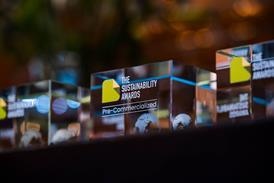
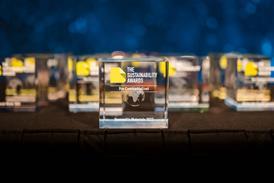
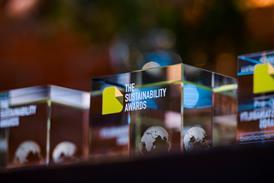
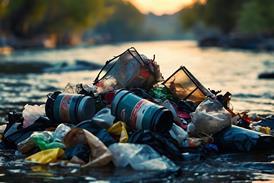
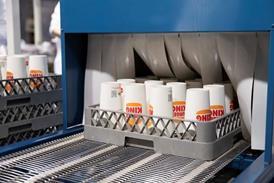












No comments yet